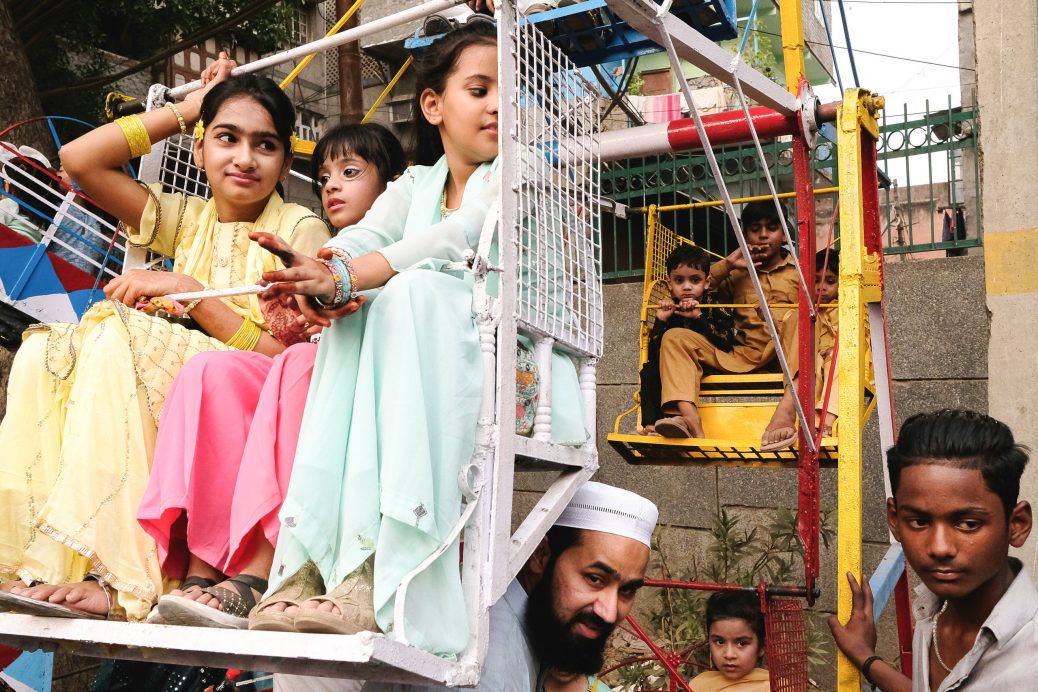Sudeep Lal Wins the “Best Single Photo” Award at the Fourth Exibart Street Contest
Dear Sudeep,
First of all, congratulations! You are the winner of our fourth Street Photography Competition in Best Single Photo category, and we are very happy to have this interview with you. Can you tell us something about yourself and about the winning photo? What was the main source of inspiration for this photo? What did you hope to communicate through this image?
My name is Sudeep Lal, a self-taught Street photographer based in New Delhi, India.
The winning photo was taken in the bylanes of Old Delhi during the festival of Eid-ul-Fitr, which marks the end of the Muslim holy month of Ramadan. Eid is a joyous celebration that traditionally lasts for three days. The occasion is marked by giving gifts, feasting, wearing new clothes, and visiting friends and family. It is especially a happy occasion for children; I aimed to capture the beautiful moment and energy of the children enjoying the various fair rides. I particularly like the clear divide in the photo and the connection between the girl sitting on the right, looking down, and the bearded gentleman popping his head from underneath the gondola. I had already composed the shot with all the children placed throughout the frame when the bearded man suddenly popped his head out. I immediately captured the photo.
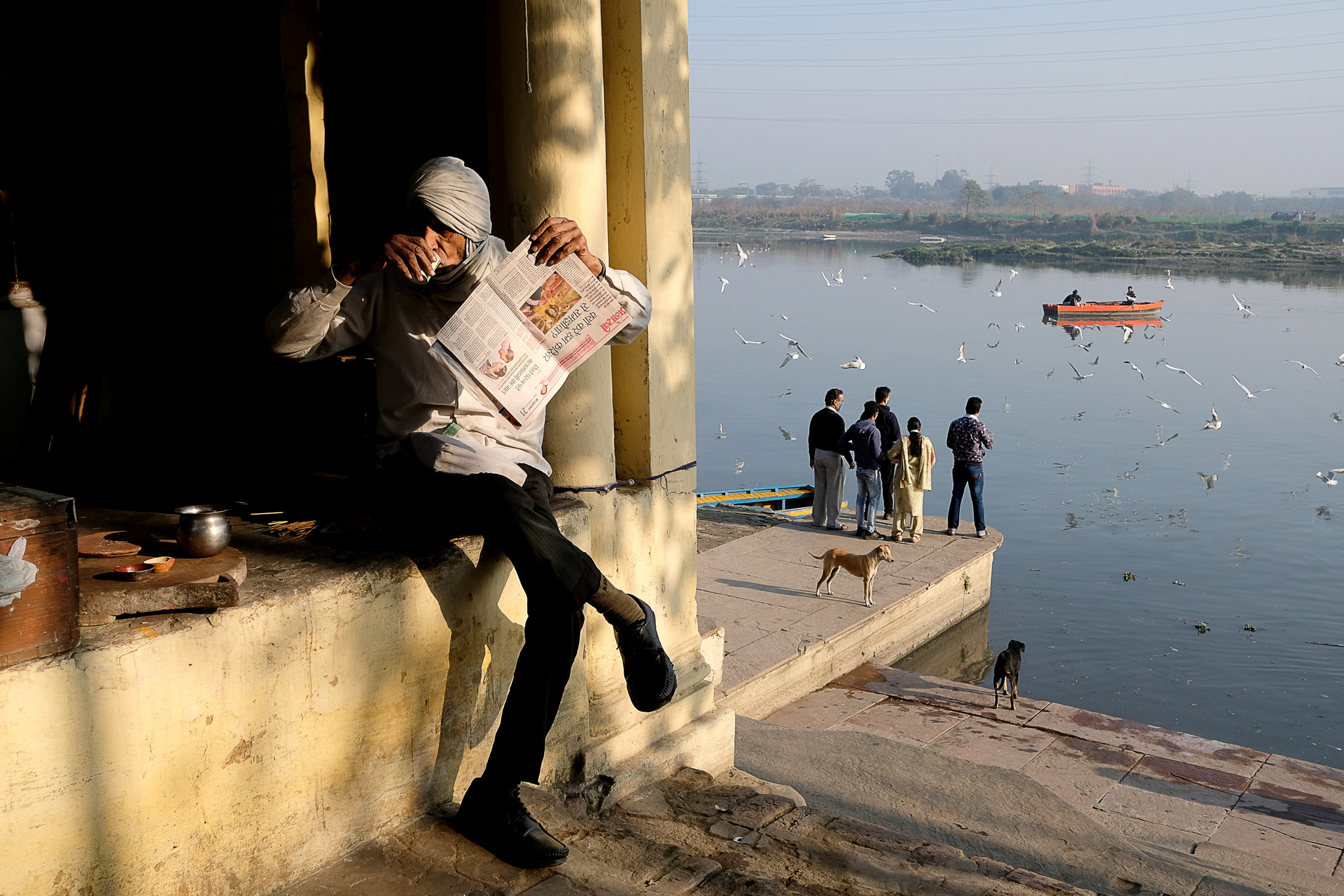
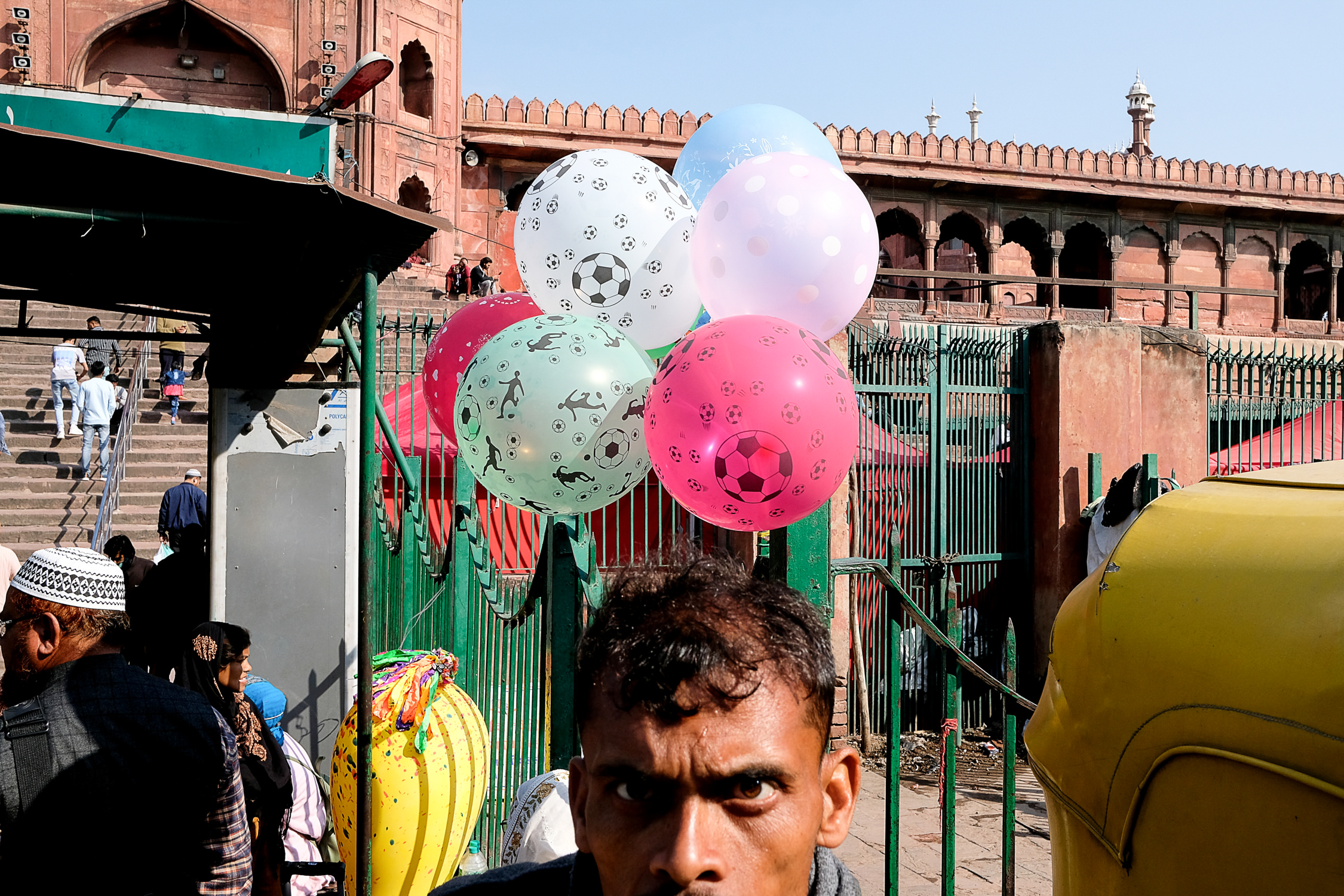
How do you choose the subjects or scenes to photograph?
Honestly, I don’t pay much attention to selecting a specific subject or scene. I simply enjoy stepping out and walking the streets, immersing myself in whatever is unfolding, syncing with my surroundings, and letting my instincts take over.
Is there a theme or thread you follow when creating a new project?
Usually, I don’t consciously adhere to a specific theme while photographing. To me, doing so would feel like restricting myself to similar situations or themes. However, after spending considerable time on the street and having a decent body of work, I’ve noticed that photographs with a common thread naturally emerge. That being said, moving forward, I’m interested in experimenting with creating a small body of work centered on a theme. I’ve identified two themes that appear unique and very interesting to me, and hopefully, I’ll be able to work on them this Fall/Winter.
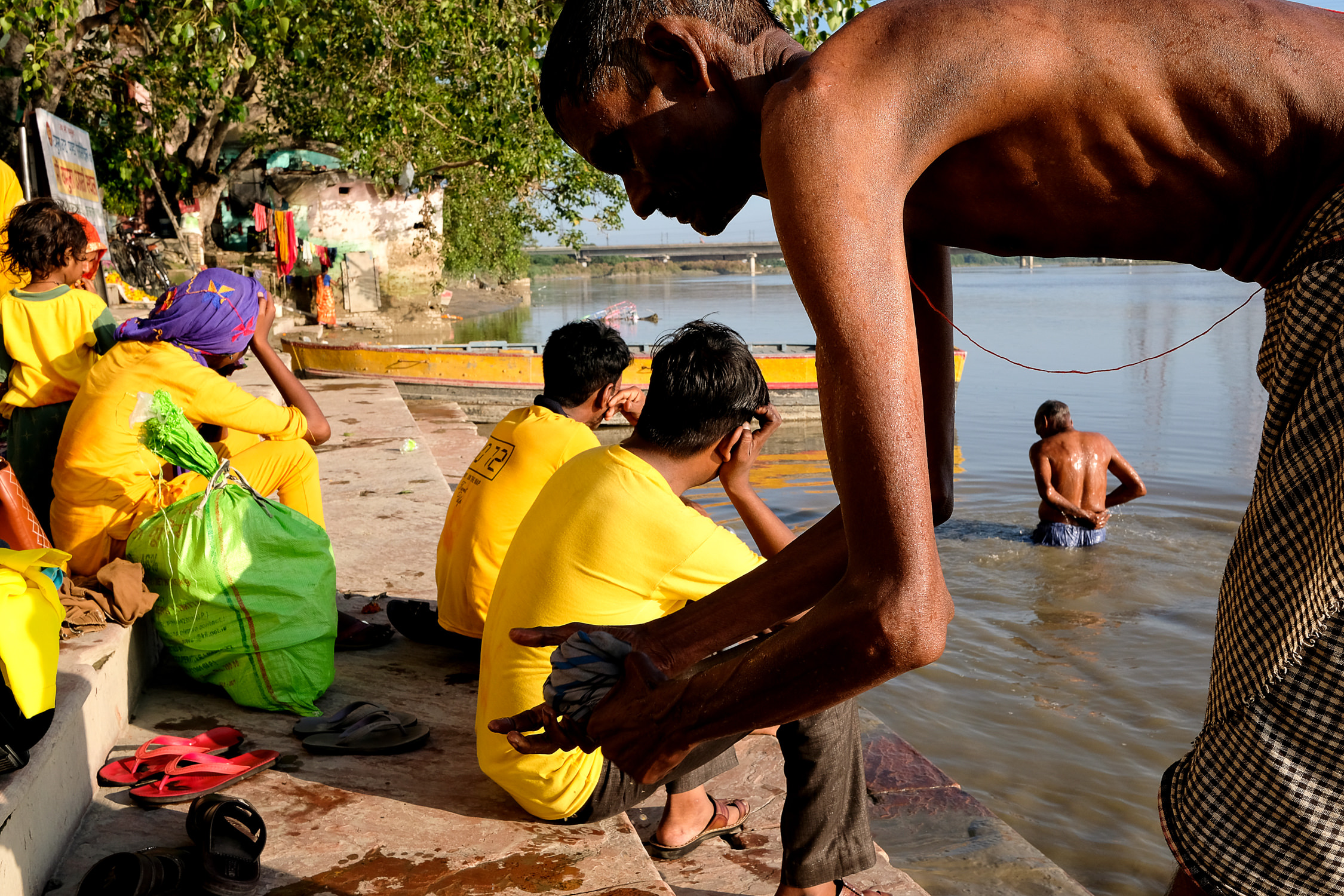
Color seems to play a significant role in many of your photographs. How do you use color to influence the mood or message of your images?
Color plays a significant role in my photographs. In his essay titled “River of Color,” the renowned Indian photographer Raghubir Singh writes about how in his native Rajasthan, neither art nor life could be imagined without the brilliant plumage of a bird in flight. Color holds immense meaning in our lives, whether it’s through our festivals or our choice of attire. Having said that, I have dabbled with black and white photography in a very small way. However, color photography still remains my chosen medium.
Many of your images capture everyday details that often go unnoticed. How do you decide which details to include and which to leave out?
I typically seek out something special in my photographs; it could be a hand gesture, a funny facial expression, or a fascinating juxtaposition. There must be something compelling in the frame to engage the viewer and make them linger with the photo. Therefore, the energy and connection within the photograph are crucial, as they can elevate it to another level.
“There must be something compelling in the frame to engage the viewer and make them linger with the photo. Therefore, the energy and connection within the photograph are crucial, as they can elevate it to another level.”
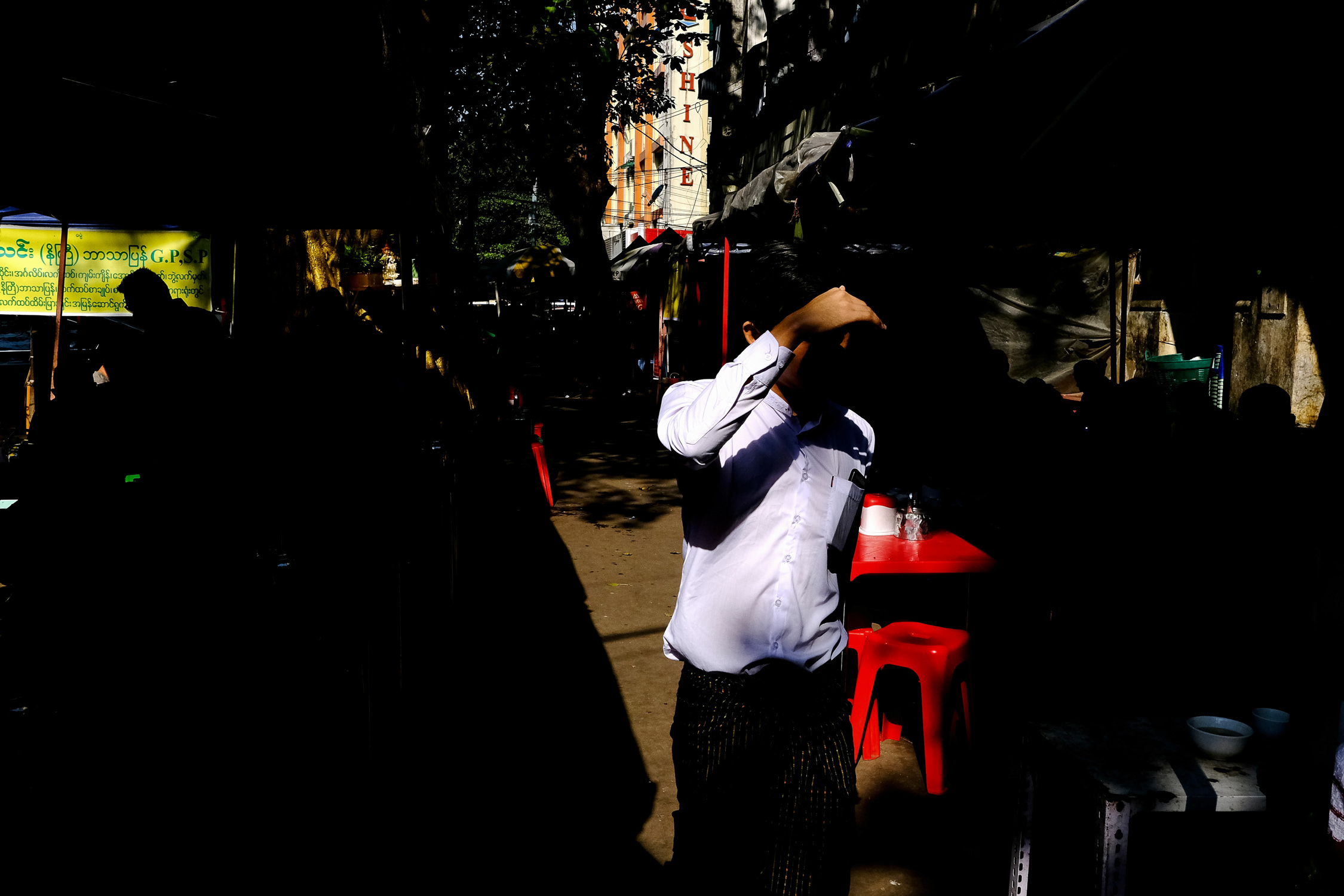
Can you describe some of the photographic techniques you use to capture the atmosphere and moment in your photographs?
More than relying on photographic techniques, I trust my instinct to capture a moment. As any street photographer would understand, being in sync with your surroundings and staying aware of activities is crucial to not miss out on a shot. I keep my approach simple and not too overbearing; I simply loiter around where I sense something might happen. When I spot something compelling, I step in and take the photo. This is my basic approach.
How would you define your photographic style?
I don’t think I have any particular style, I photograph whatever catches my interest; it could be a variety of subjects or even nothing at all. I don’t want to be typecast; I prefer to experiment and keep my photography exciting. To me, the act of stepping out with the camera is more important; the rest usually falls into place.
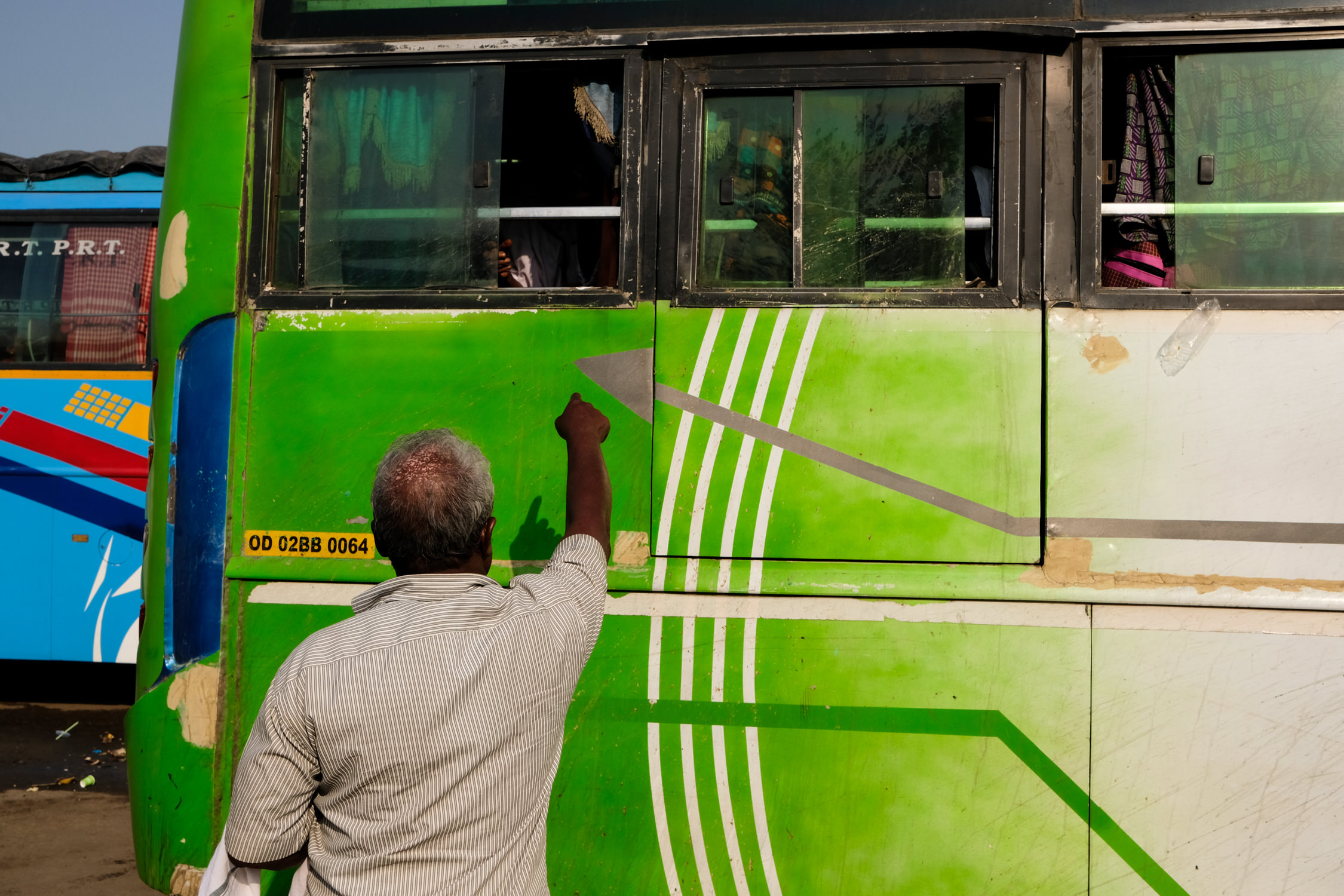
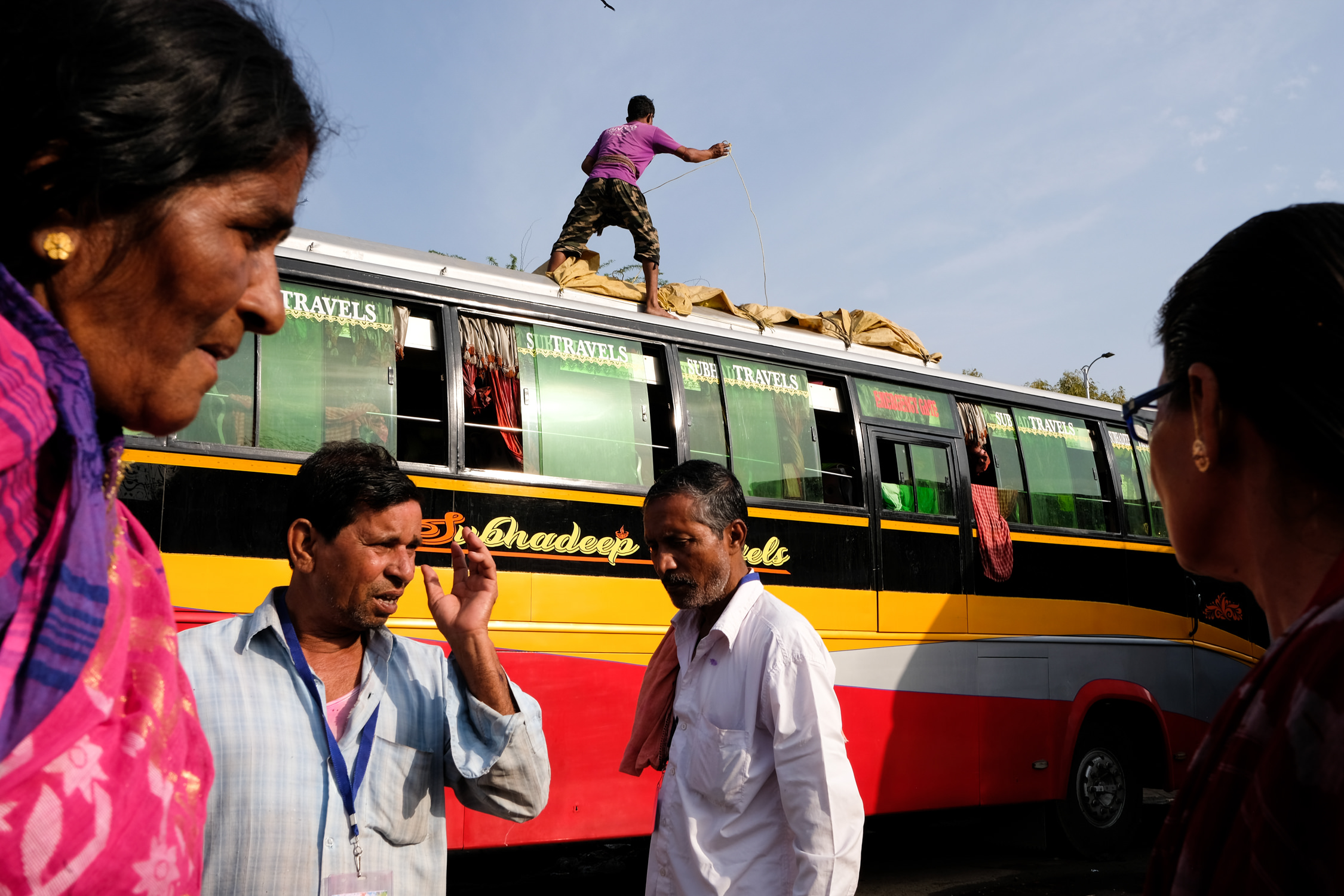
Have you ever studied at a photography school or are you a self-taught artist?
Despite lacking formal training, I am a self-taught photographer. Photography was always an interest of mine, but I never pursued it until my wife, Preeti, gifted me a DSLR. She’s been instrumental in getting me started and remains my biggest supporter and fan.
Growing up, I delved into painting, and in my professional work area, I ventured into designing fashion jewelry and home décor products. I believe this background has helped my understanding of composition and form in photography. Additionally, studying the works of masters, books and watching videos of master photographers at work have helped me immensely to understand the nuances of photography.
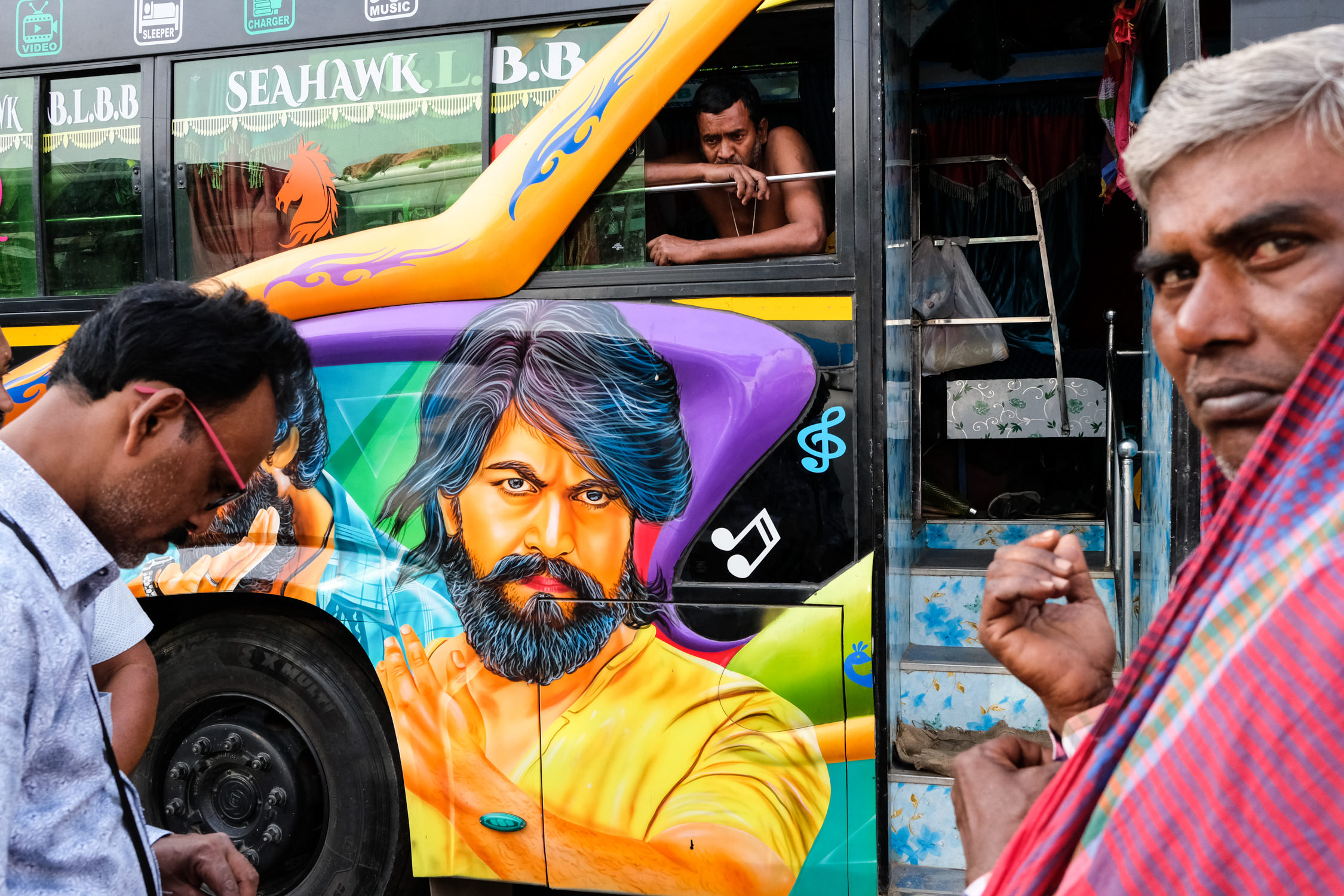
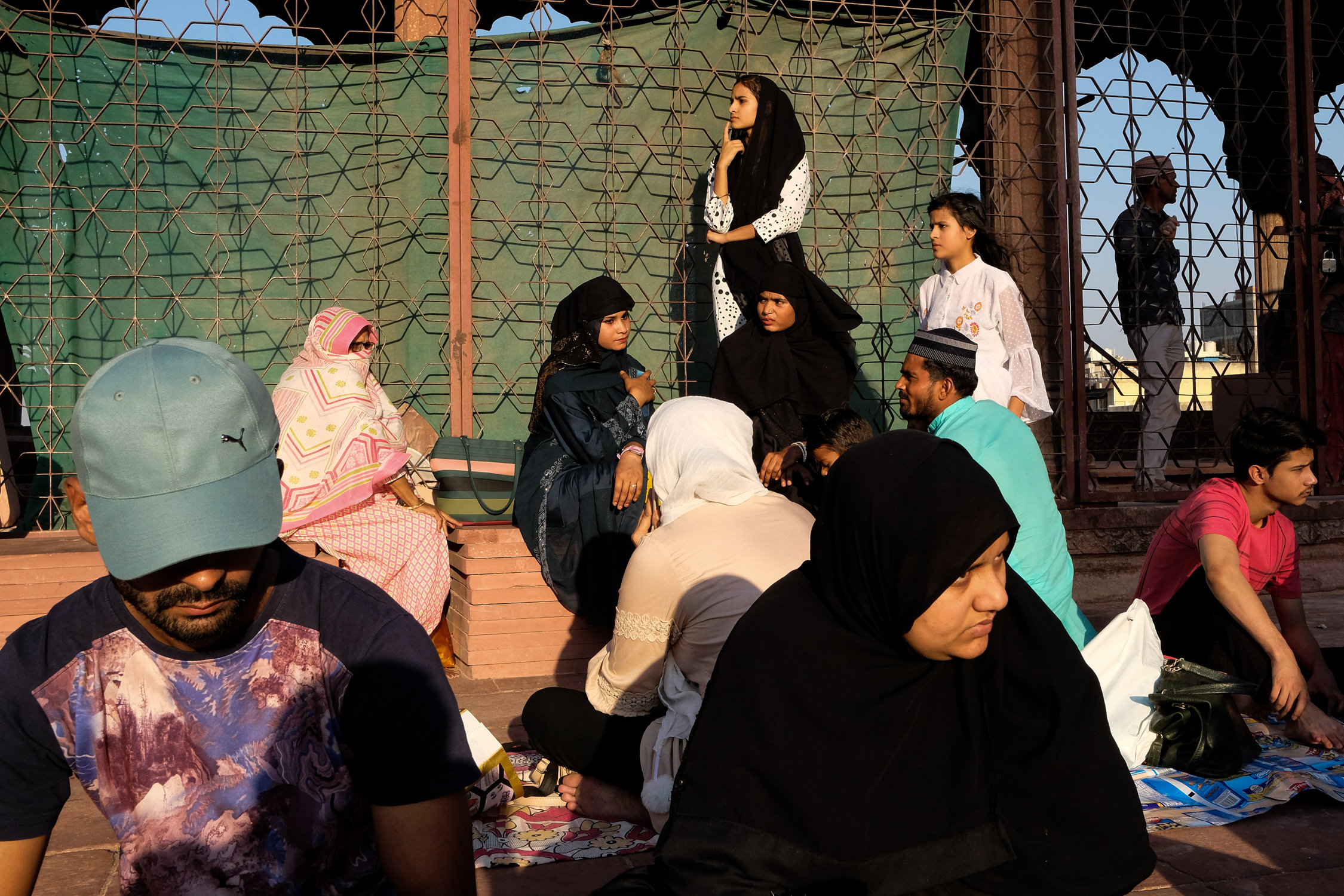
Who are the Masters of Photography who inspired you most in your photographic works?
Undoubtedly, I draw inspiration from the greats like Raghubir Singh and Alex Webb. Additionally, I’ve closely examined the work of Winogrand and David Alan Harvey, among others. Contemporary photographers like Vineet Vohra, is a huge inspiration.
Do you ever do Street Photography with your smartphone?
On very rare occasions, I find myself needing my camera’s viewfinder and fixed lens to be more comfortable.
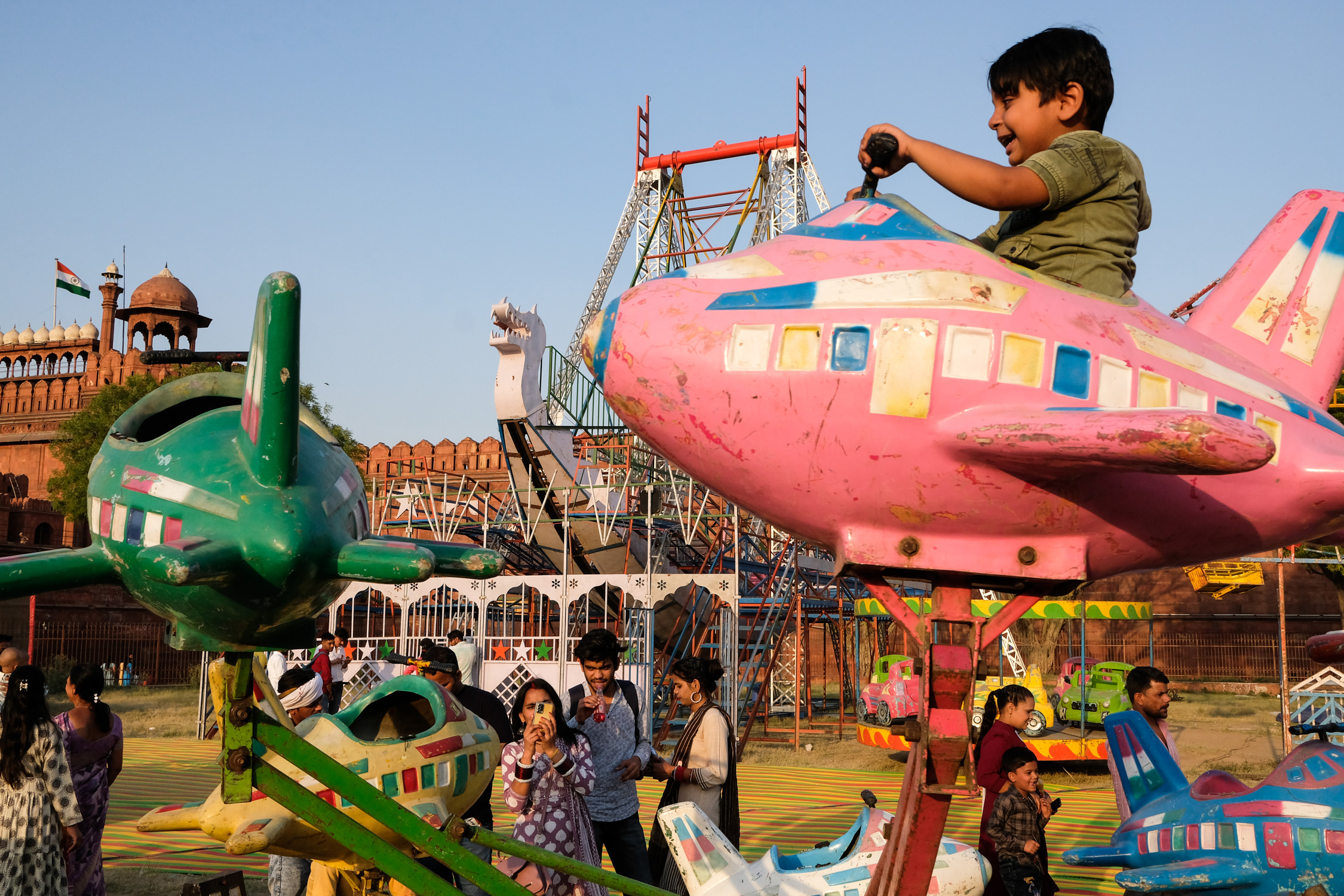
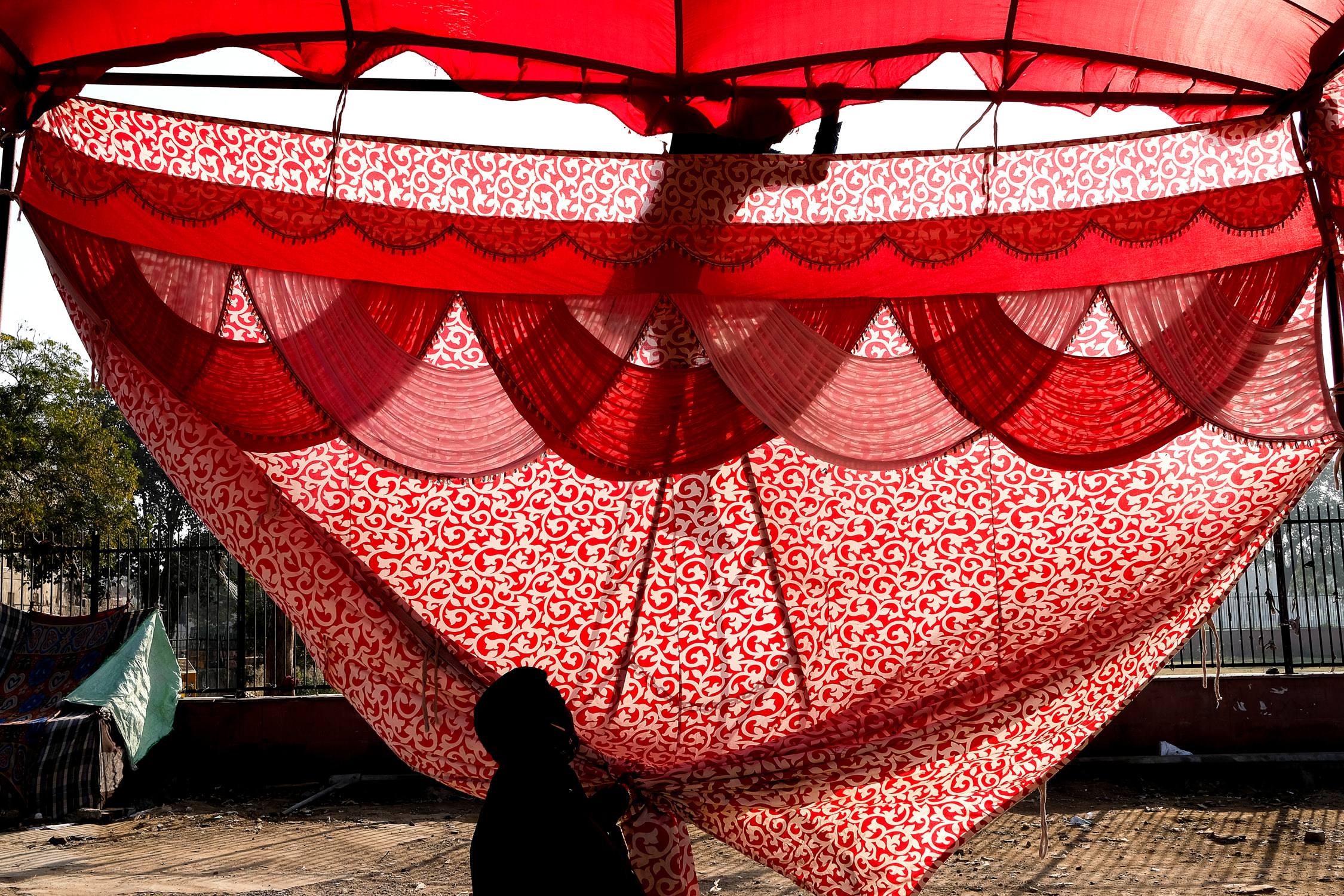
Analog and digital photography. Do you see these as alternatives to one another or the same thing?
Analog photography was before my time; I began my journey in the digital era. With the advent of digital cameras, photography has become more accessible and has a broader impact. However, at its core, the essence of photography lies not in the tool but in the photographer’s vision and interpretation.
Do you think Street Photography has a more documentary or more artistic value?
It all hinges on the photographer, their vision, and how the photograph is interpreted. In my opinion, Street photography embodies elements of both, and one cannot separate one from the other.
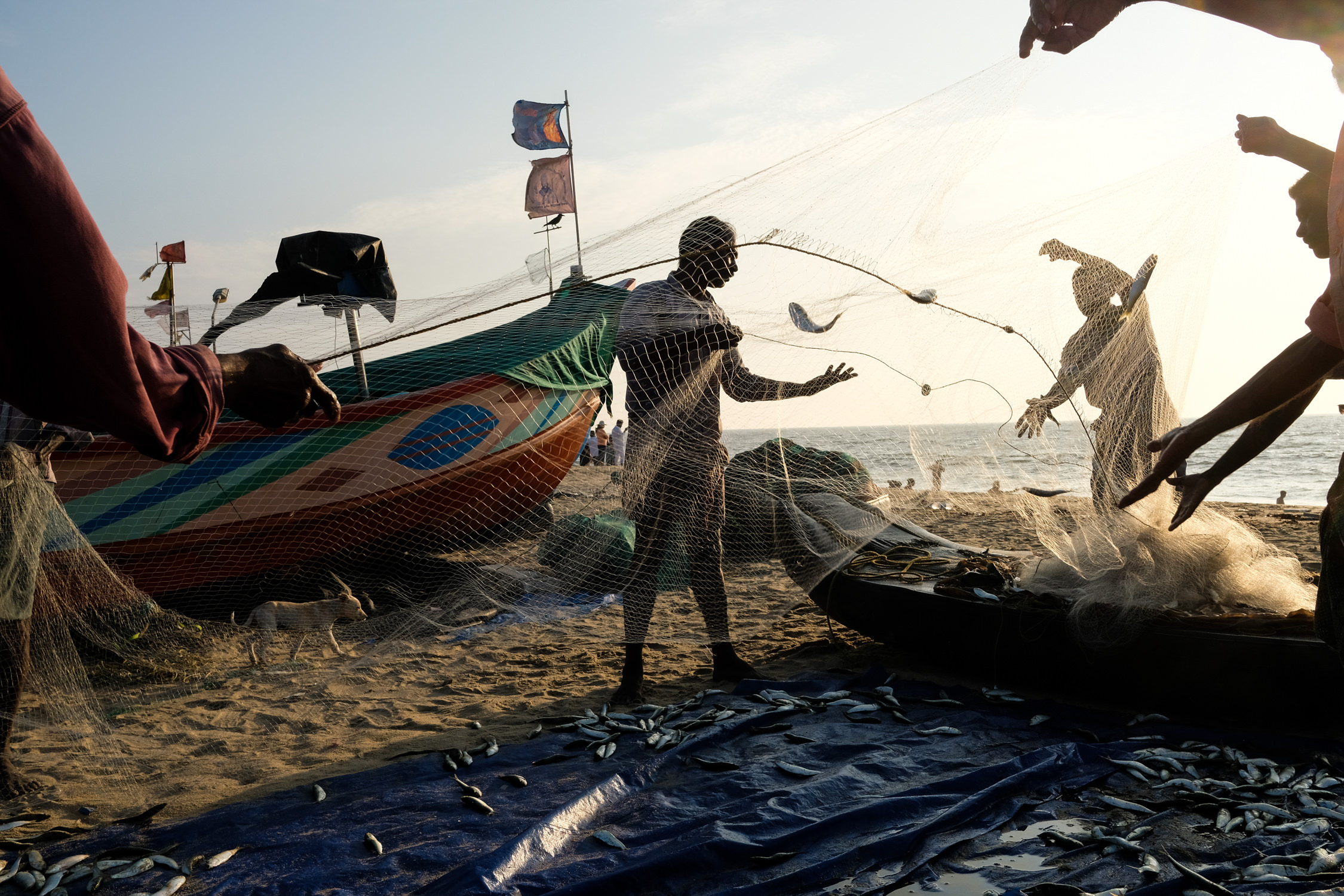
“I simply enjoy stepping out and walking the streets, immersing myself in whatever is unfolding, syncing with my surroundings, and letting my instincts take over.”
Do you think there are ethical limits in street photography? Do you think it’s possible to shoot everything and everybody? What is your approach in street photography?
Yes, there are without a doubt! But if one is confident in their approach, respectful to people and the intent is not too overbearing, one can still take photographs in any situation. Nevertheless, it’s crucial to forge connections and view people beyond mere ‘subjects’. Personally, I refrain from photographing homeless individuals or portraying people or places in a negative light.
What kind of equipment do you use and what role, in your opinion, does equipment have in street photography?
I use a Fujifilm X-E3. As I mentioned earlier, the tool itself is not important; what truly matters is the photographer’s vision and their interpretation.
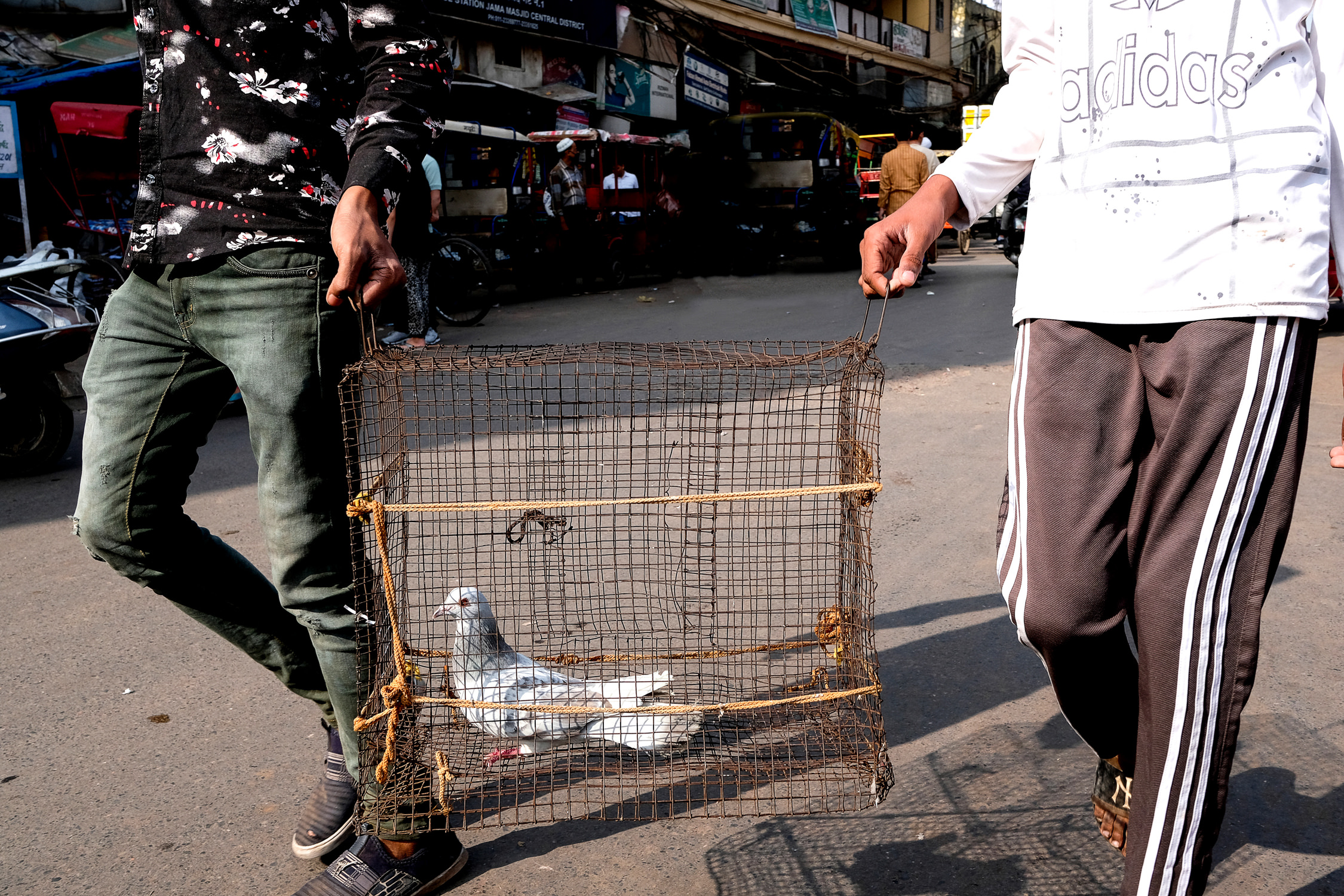
If you had to choose one lens that you would have to be using for the rest of your life, which one would that be and why?
23mm (35mm equivalent). It is not too wide and at the same time flexible enough to let me enjoy my photography.
After shooting, what actions do you take in terms of processing and editing?
I usually edit my photos in 2-3 visits to my hard drive. Once I have finalized the photos I want to keep, I do post processing using the basic Lightroom functions.
Do you have new projects or themes in mind that you would like to explore in the future?
I’m currently working on a project depicting daily life in the walled city of Old Delhi. I plan to begin two more projects this Fall/Winter. Other than that, I keep exploring and make notes of ideas which can become interesting projects.
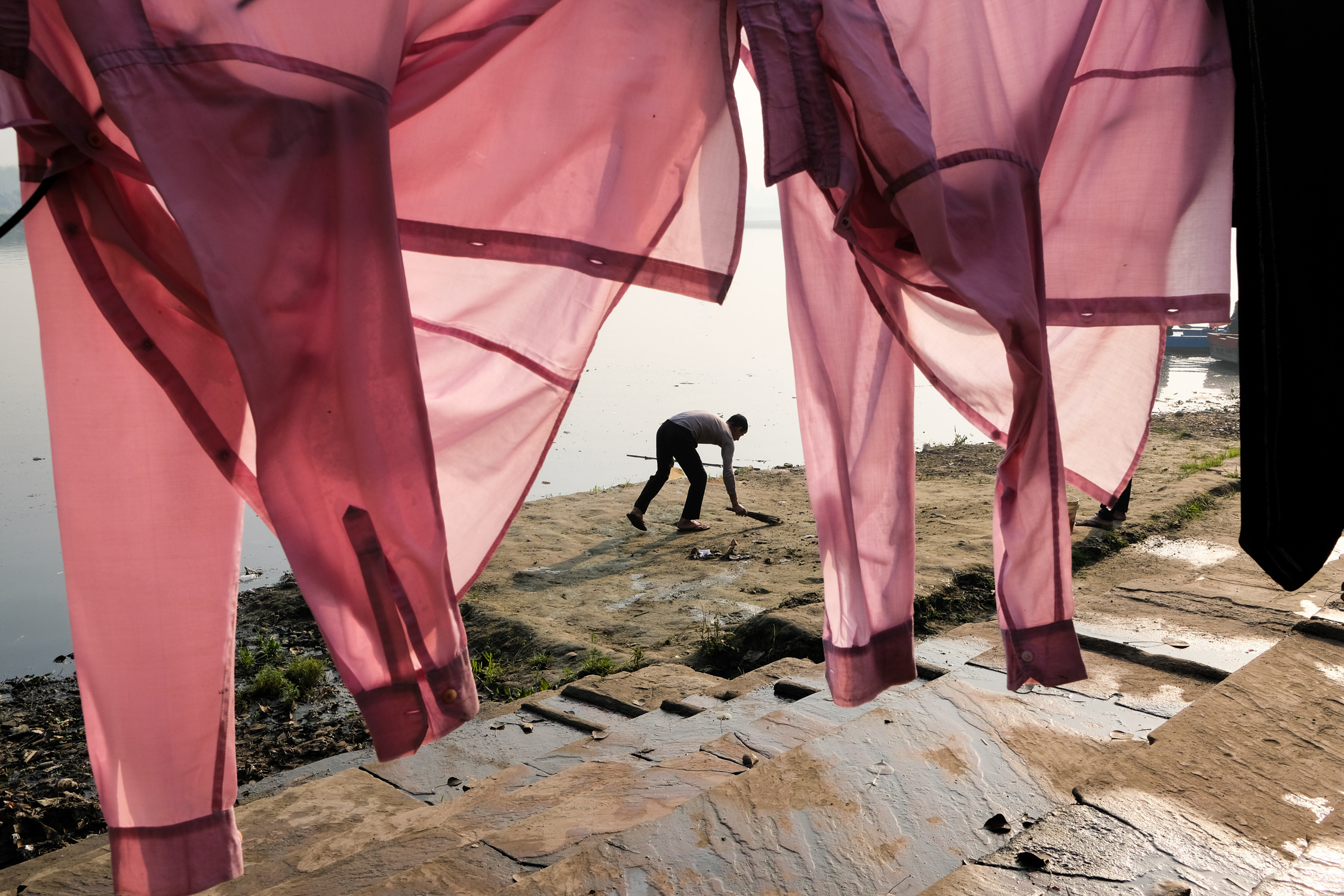
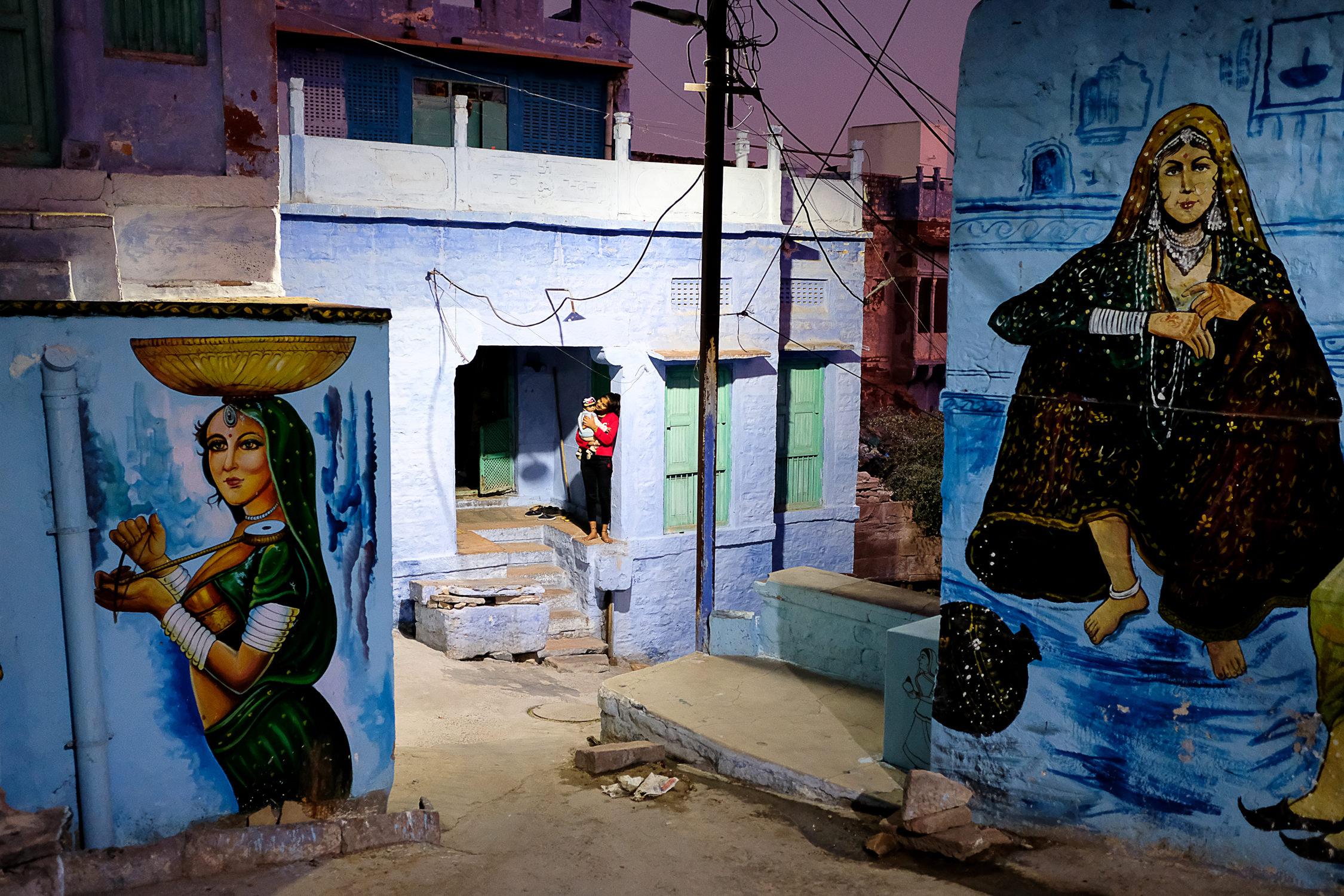
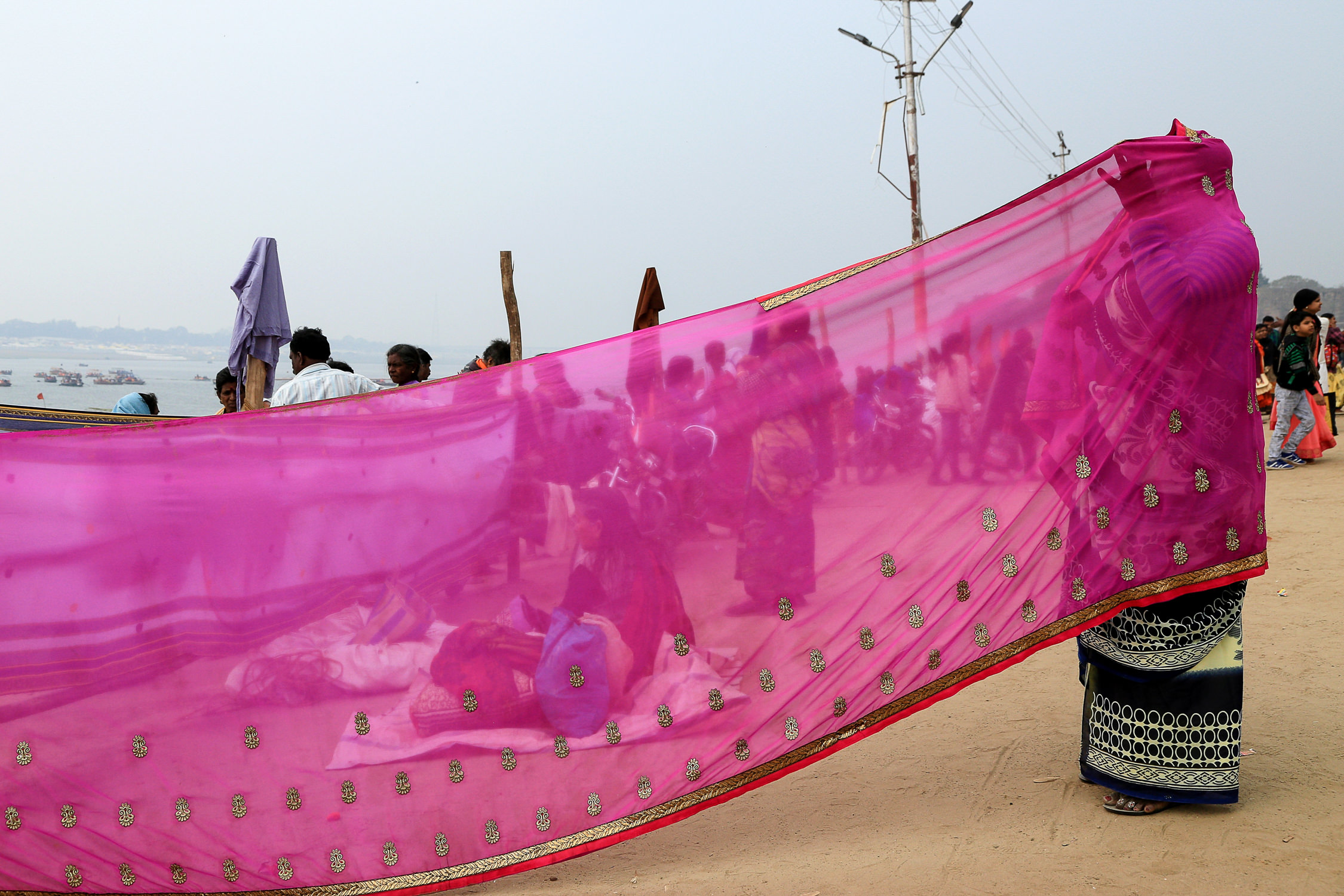
How do you see the evolution of your photographic work?
Since I made the switch from a zoom lens to a 23mm fixed focal length (equivalent to 35mm), my progress has been very satisfying, and I’m absolutely delighted with the results.
Which are your favorite photography books?
“The Suffering of Light” by Alex Webb is undoubtedly a favorite, and Raghubir Singh’s entire body of work serves as a profound source of inspiration for me.
Is there a country or a city that you like to photograph more than others?
I don’t think I want to explore any country other than the Indian subcontinent. However, if given the chance, I might consider Cuba and Mexico.
What advice would you give to someone who is starting to do street photography and wants to develop a unique and personal style?
I would advise enjoying the process: taking walks, meeting and conversing with people, nurturing curiosity, and exploring places you wish to photograph. Train your eyes to be attentive, and gradually, you’ll find your direction. For me, the most crucial aspect is maintaining the discipline of regularly stepping out with your camera; the photographs will start to happen soon enough!
Thank you Sudeep!
SUDEEP LAL BIOGRAPHY
My name is Sudeep Lal, a self-taught Street photographer based in New Delhi, India.
My Photographic journey began in 2014, initially encompassing travel and random photography. In the year 2015, I discovered the compelling genre of ‘Street Photography’ and the works of eminent masters. I was immediately drawn and since then have dedicated myself to the genre.
I have always been intrigued by the drama which quietly unfolds around us in our daily lives. It is exciting to walk the street not knowing what unexpected encounter awaits you just around the bend. My work is an attempt to steal such moments and record it before it fades away into obscurity. My work has been published in Guardian, National Geographic and Musee Magazine.
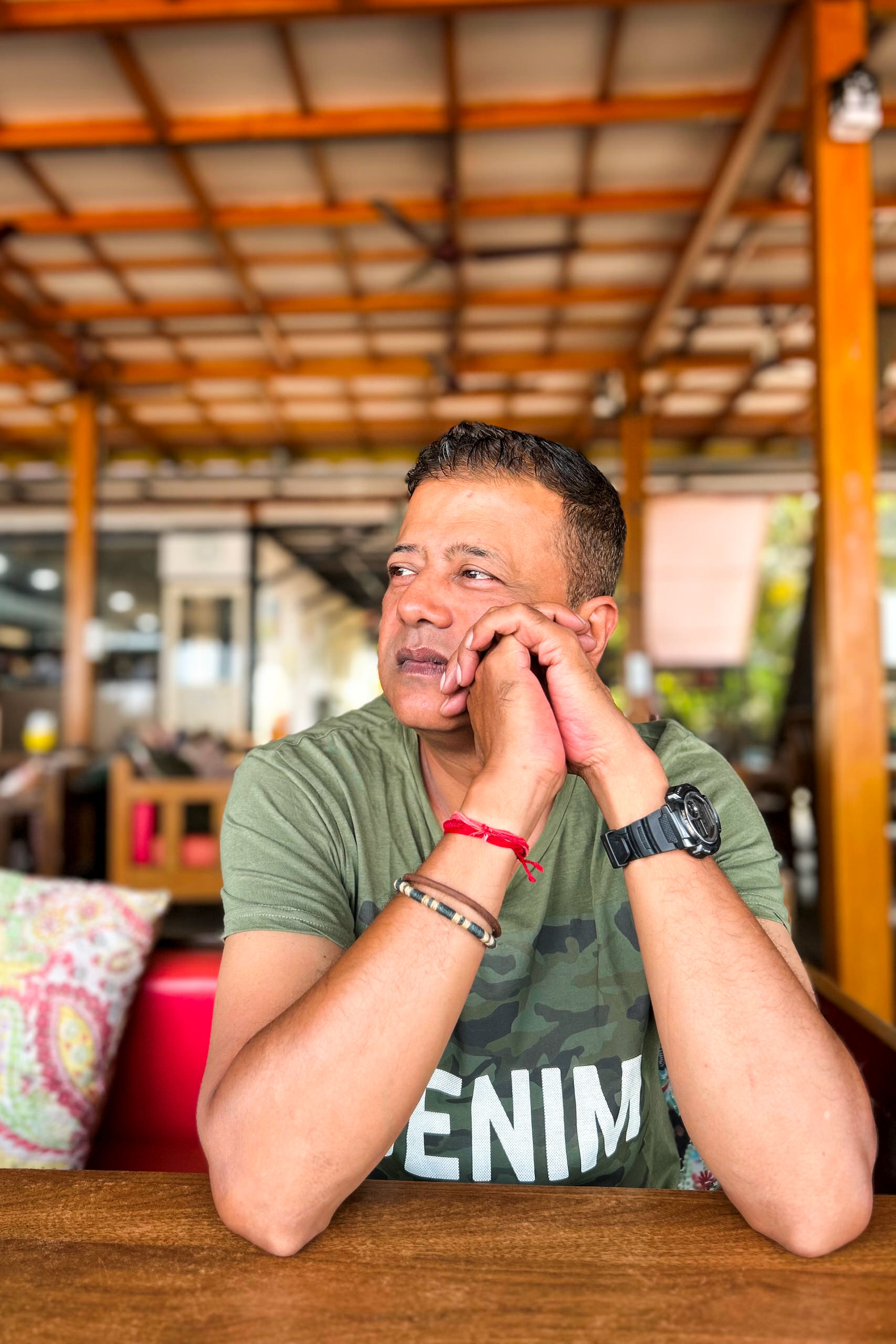
Sudeep Links:
Instagram: https://www.instagram.com/red_stories/

